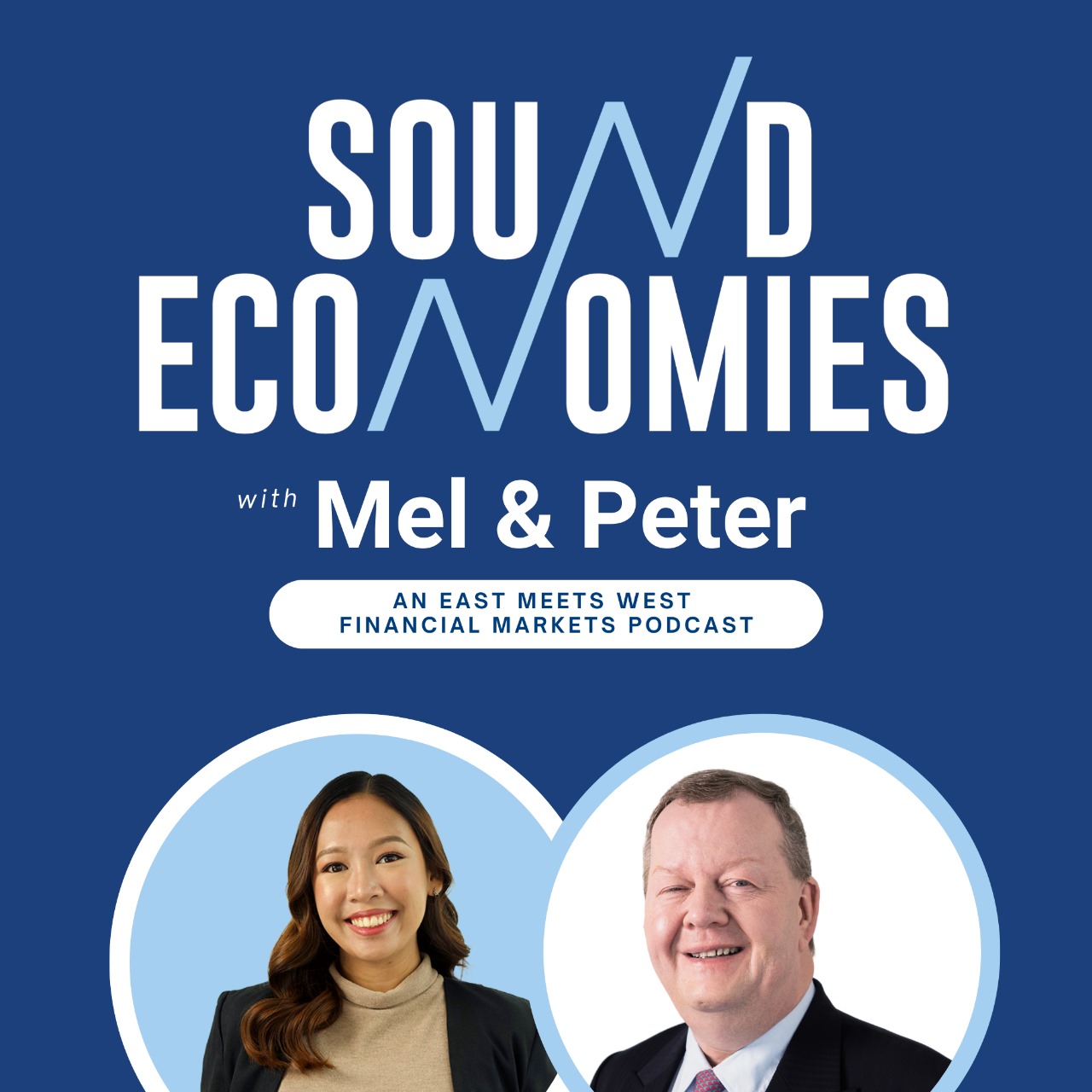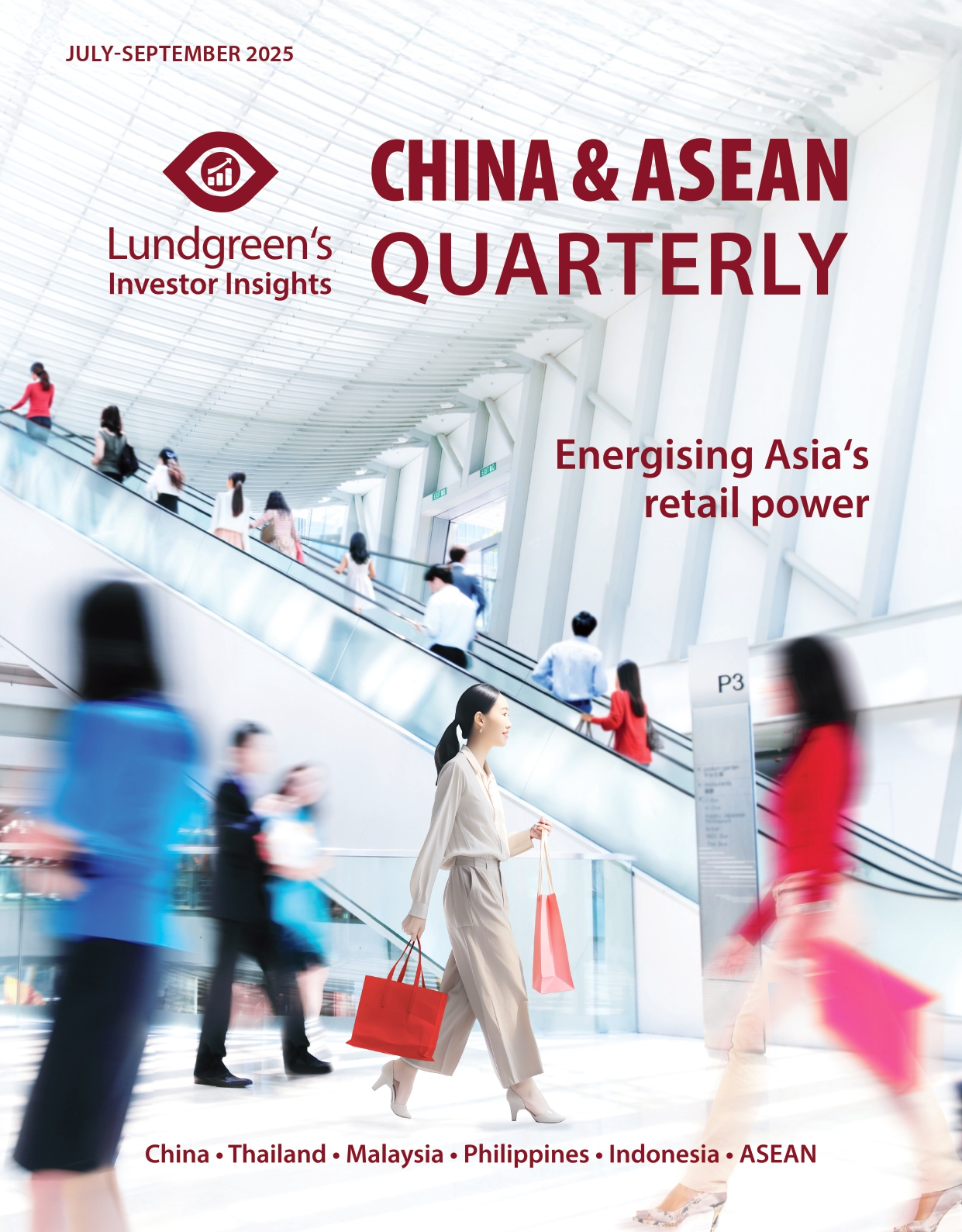Next Week in China: 26-30 May 2025
Major Data Releases:
- 26 May: Hong Kong to report April external merchandise trade statistics
- 26 May: Macau to report external merchandise trade statistics
- 27 May: China to report April profits of industrial enterprises above the designated size
- 28 May: Taiwan to report Q4 2024 to Q1 2025 GDP data, economic forecasts for Q2 to Q4 2025
- 31 May: China’s National Bureau of Statistics to report May Purchasing Managers’ Index (PMI) figures
Next week will be marked by minimal economic data releases for mainland China, with only two major data points scheduled for release.
For the manufacturing PMI, we expect the May figure to post a recovery from April’s reading. With the combined effect of a challenging external environment from “reciprocal” US tariffs and a relatively high base, last month’s PMI fell by 1.5 percentage points from March to 49.0, dropping below the 50 boom-bust line. For May, the emerging industries PMI (EPMI), which reflects the prosperity of strategic high-technology industries, rose by 1.6 points month-on-month to 51.0. Seasonally, March and April are peak months for the industry while May usually marks the beginning of a slowdown. The average month-on-month change in EPMI for May from 2014 to 2024 is -3.5 points, so the slight rebound in May this year can be considered beyond seasonal expectations. We believe this rebound is due to the policy easing measures on 7 May, which has provided some boost to micro-level expectations, and the positive progress swiftly made in the China-US trade negotiations, which resulted in a significant reduction in bilateral tariffs.
The EPMI shows a significant improvement in export orders, which is corroborated by the notable week-on-week increase in container export freight indices on both the US East Coast and West Coast routes. Both point to overseas importers accelerating imports during the 90-day lower tariffs period. The statistical period for the manufacturing PMI extends further into the month than EPMI, so the rush-to-export effect will be even stronger. Further, looking at high-frequency data, the growth rate of retail sales for automobiles and home appliances remains high while the operating rates of most traditional sectors have also increased month-on-month, especially in the textile and apparel industry chain. Driven by these factors, we estimate that the manufacturing PMI for May will also improve. It should be noted that the absolute prosperity level of the EPMI remains relatively low, with the reading of 51.0 being the third lowest for May in history, only higher than those in May 2022 and 2023. Price indicators also continue to decline. At the mid-industry level, there has not been an improvement in prosperity as out of the seven major sub-sectors of emerging industries, only three are in the expansion zone similar to April. These indicate that policy support still needs to be strengthened.
For Chinese stocks, small gains have been recorded from last week. As of Thursday, 22 May, the MSCI China Index increased by 0.50 per cent, the Shanghai Composite Index rose by 0.38 per cent, the Shenzhen Component Index by 0.39 per cent, and the ChiNext Index by 0.30 per cent. From a size perspective, large-cap stocks continued to outperform small- and mid-cap stocks while value stocks also continued to outperform growth stocks based on a style perspective.
Looking ahead, the short-term impact of hefty US tariffs has significantly weakened while fiscal policy needs to remain accommodative to further prop up growth. In the second half of April, the net issuance of government bonds slowed significantly, decreasing by RMB 554.8 billion (USD 77 billion) compared to the previous period. As such, the year-on-year increase in net government bond issuances narrowed from RMB 762.4 billion (USD 105.8 billion) to RMB 75 billion (USD 10.4 billion), indicating that the momentum of fiscal expansion has retreated. Going forward, it is important to continue monitoring the strength of fiscal policy interventions and the implementation of the latest stimulus measures, particularly the rollout of re-lending tools.
This piece has been co-produced with Yiyi Capital Limited in Hong Kong, a China specialist and a part of a global financial services group.






